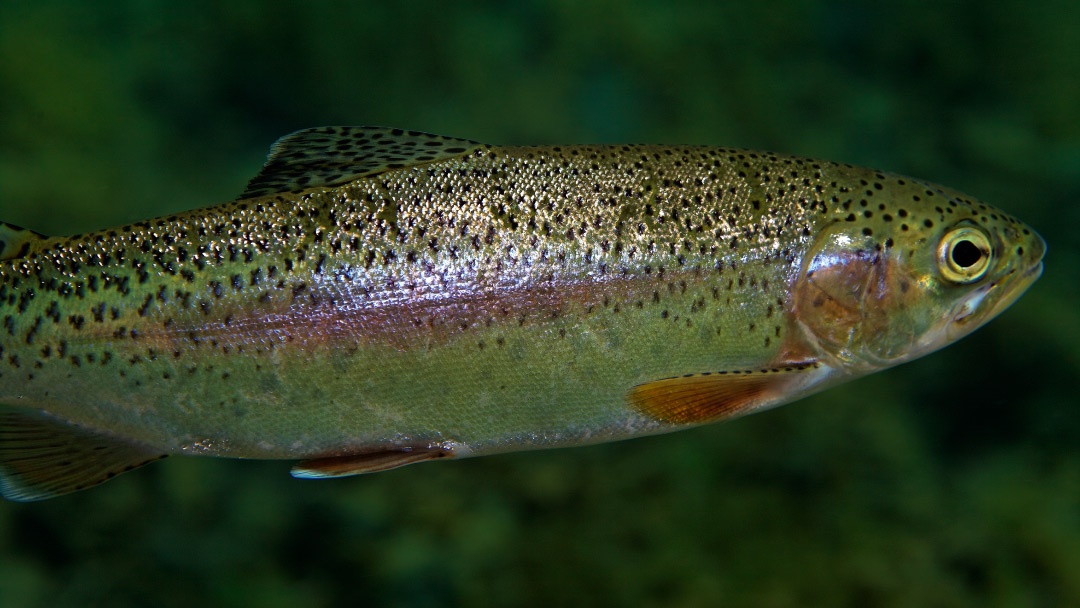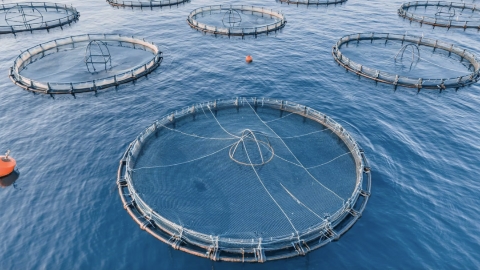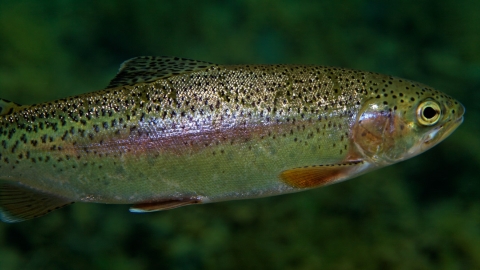
Determining how microbiota varies across the mucosal surface of rainbow trout is emerging as a crucial area of research for the aquaculture sector. Understanding these microbial differences is essential not only for gaining deeper insight into fish health and immune function but also for detecting signs of environmental and physiological stress that may compromise animal welfare.
Microbial communities associated with different tissues-such as the gills, skin, gut, and oropharynx-play distinct roles in fish physiology. By characterizing the unique bacterial populations in each of these sites, researchers can better identify imbalances or disruptions that may indicate disease risk or suboptimal rearing conditions.
This type of microbiota profiling also opens the door to the development of non-invasive health monitoring tools. These could allow fish farmers to detect early signs of dysbiosis or infection, tailor feeding strategies to support beneficial microbes, and design more targeted disease prevention approaches.
In practical terms, this research supports more sustainable and efficient farming. By identifying key microbial indicators, producers can optimise diet formulations, reduce reliance on antibiotics, and enhance biosecurity-ultimately contributing to better growth performance and animal welfare.
In essence, mapping the microbiota across fish mucosal surfaces provides the scientific foundation for healthier, more resilient aquaculture systems.



